The idea from this post stemmed from a great conversation I had with my friend Kevin of Epic Gardening when I was a guest on the Epic Gardening podcast. Here's a link to that episode: How to Start Gardening in a New Zone
Moving is stressful enough as is, but when you're a gardener and you suddenly find yourself moving to an entirely new growing zone, it can throw even the most seasoned green thumb for a serious loop. Up is down, left is right, when the heck do you put peas in the ground, and can you overwinter those peppers? If you're lucky, you might only be moving from zone 7 to zone 8 and won't have to deal with too many changes. I, however, moved from zone 10b to zone 6a in the fall of 2020 and, despite having successfully gardened for the last 4 years, suddenly found myself unsure of what to do and when, riddled with serious cases of imposter syndrome and analysis paralysis. If you just moved, or are planning to move, read on to learn about how to adjust to a new USDA plant hardiness zone!
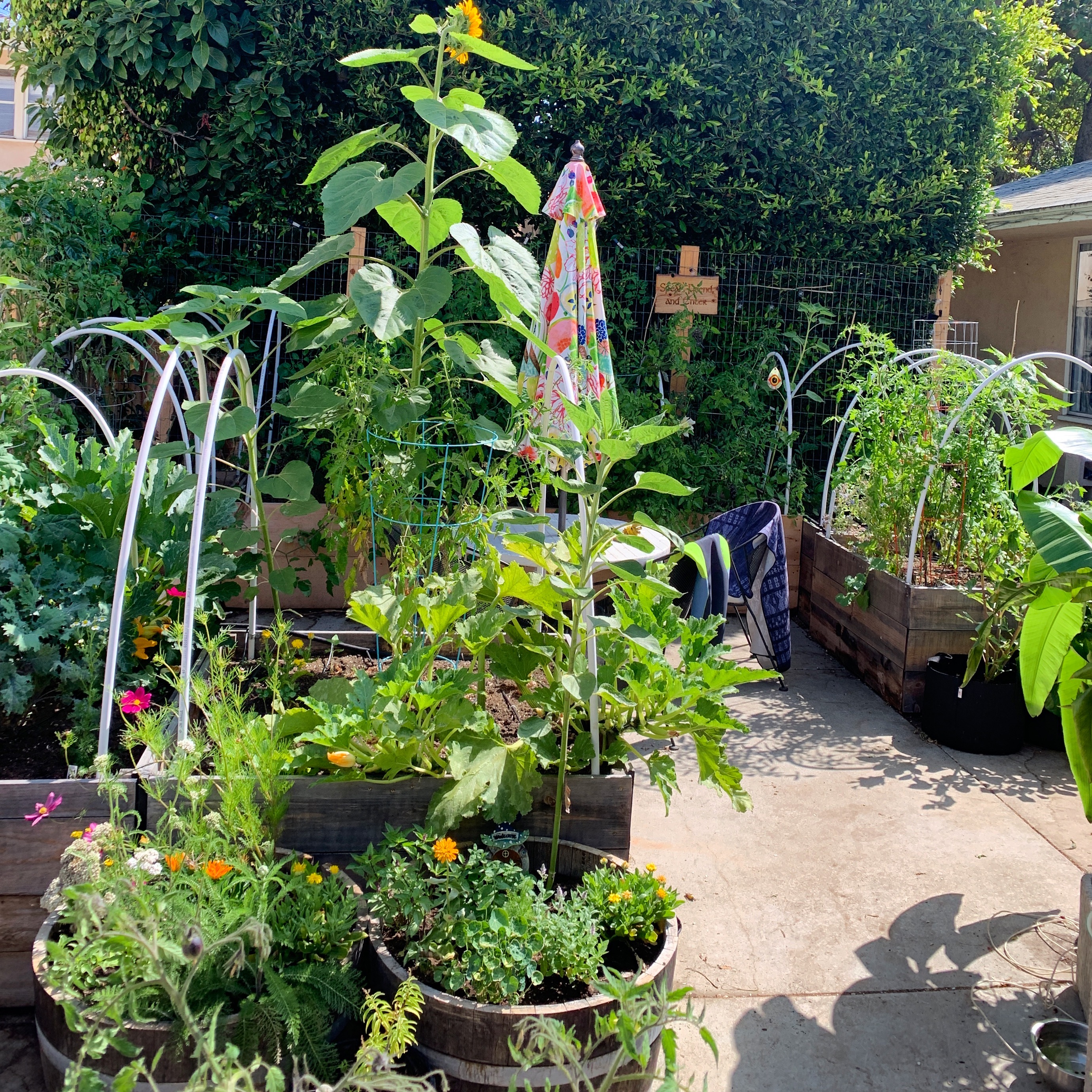
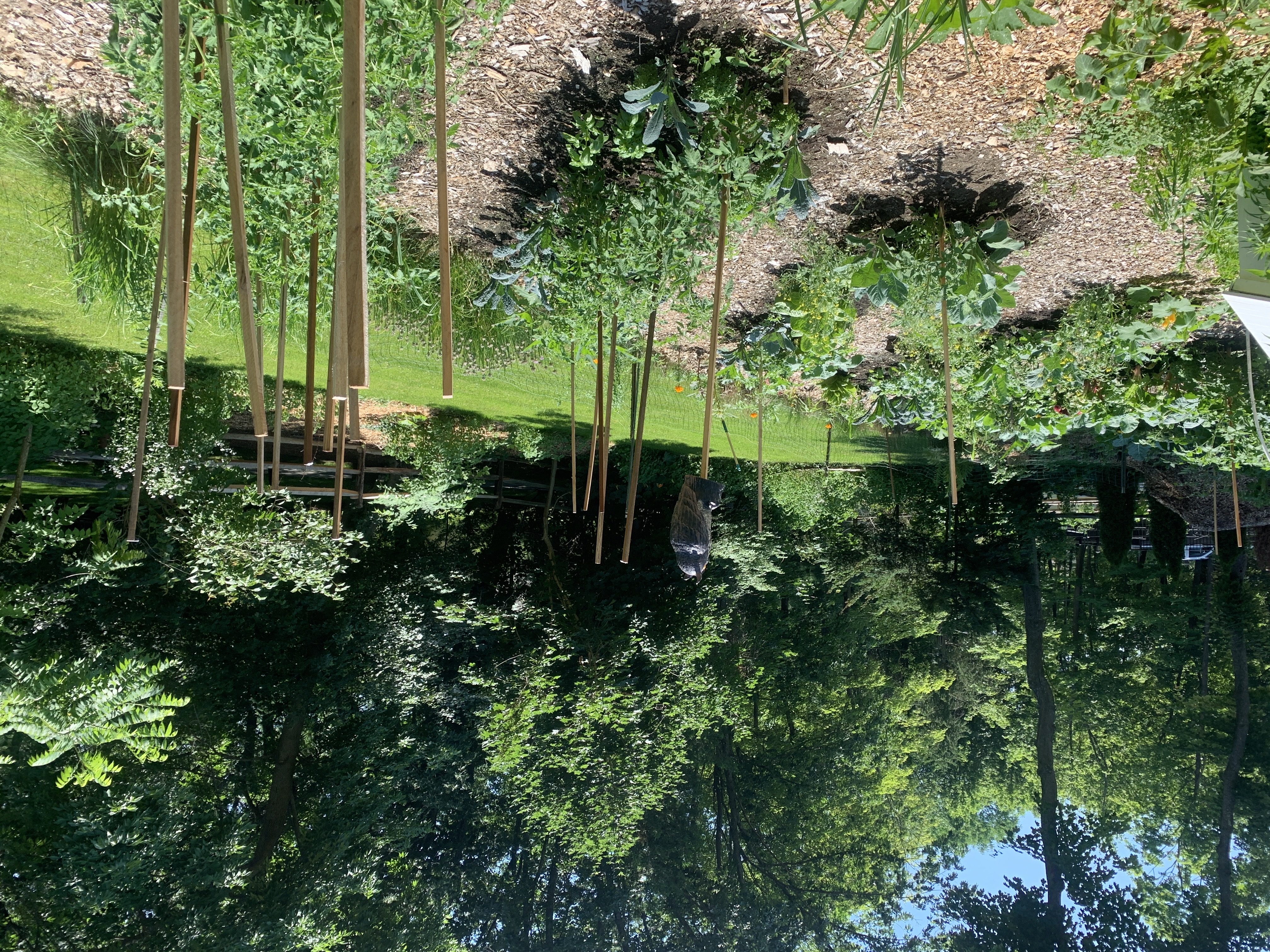
First Things First
A growing zone is a simple way for people to know what plants will do well in certain geographical locations based on the climate. If you see a seed catalog with hardiness zones listed, that indicates the range of zones in which that particular plant will thrive. Some plants, like peppers, can be grown as perennials in zones 9 and higher, while growers in zones 8 and below will need to sow pepper seeds every year and treat the plants as annuals. So whether you just moved or are new to gardening, finding out your growing zone is the best thing you can start with! Find your growing zone by entering your zipcode there, or just Google "[your zip code] USDA plant hardiness zone" and click around until you find the answer!
Next Up
You have your growing zone and you’re ready to rock! Not so fast. Find your local gardening center and start chatting with employees. While you know your zone, there are microclimates within zones that can affect when you will plants things in the ground by a couple weeks give or take. When we first moved to zone 6a I sought out the owner of our nursery in town and picked his brain about tomatoes -- namely when to put them in the ground. For instance, this planting calendar indicates that in zone 6, my last frost date is May 1, meaning that I could put my tomatoes in the ground on May 2. But after speaking with the nursery owner, he said to wait until after Memorial Day to plant tomatoes, and to ideally wait until June 1 to be totally safe. That is a month different than what the internet told me!
Your local experts will always know better than an online calculator, because they have life experience. And once you’ve planted out all of your tomatoes that you lovingly started by seed, only to have them walloped by a late frost, you know to hedge your bets. My friend, Meg, from Seed to Fork, is a phenom at season extension and often plants tomatoes in the ground in April so it can be done, but it’s a lot of work, requires patience, planning, row covers, watching the weather like a hawk, and keeping detailed notes. All of which I have zero time for with a toddler!
Make a List
This is truly the only way I get through life in general, but especially so when it comes to gardening. After you find your last frost date, you can start working backwards and make notes on what to start and when. I have yet to find one perfect solution for this so I usually use a mish mash of spreadsheets, printables, random notes, what have you. It’s not ideal, and I’m sure I’ll come up with a better system eventually but for our first year here I just took note of the seeds I had and then figured out when to start seeds indoors. Johnny’s Seeds has a great calculator that you can use as a jumping off point. It doesn’t have to be perfect, but it will help you wrap your head around brand new dates.
Head to the Library
Now that you know your new growing zone, you’ve determined the specifics of your particular microclimate, and you have a list of the major dates for starting seeds/transplanting, then it’s time to dig into the nitty gritty. Notice I didn’t say anything about buying seeds? As gardeners, we likely have more than enough seeds as is to get through the first season in a new zone. And depending on when you move, you might not even have time to start seeds and rely instead on your local nursery for starter plants. But get that library card ready and take out every book you can find on gardening in your new zone. I focused solely on vegetable gardening in New England when we moved, and it made me feel a lot better about leaving zone 10b -- thinking of all the benefits of the new zone helped me to feel better about leaving behind my passionfruit vines, citrus trees, and our avocado tree. But in New England, I learned that brassicas taste better after a cold snap, and that we have gorgeous peony plants already at the new house! Get yourself excited for the change rather than overwhelmed. Think of it like a wonderful new challenge and a huge learning opportunity.
Truth be told, despite how much I thought I’d miss being able to grow vegetables year round, I’m really excited for a break over the winter. I forgot how much I love and appreciate seasons, and I especially appreciate all the wonderful rain we’ve been having so far in Massachusetts this summer. After living in Southern California for four years and seeing only handful of big rainstorms, it’s such a treat to not be living in a near constant state of drought. And don’t get me started on moving away from wildfires. I don’t miss that one bit!
So there you have it! Hopefully you found some helpful nuggets in here about how to adjust to a new USDA plant hardiness zone. God speed, and may you have bountiful harvests of whatever you grow!


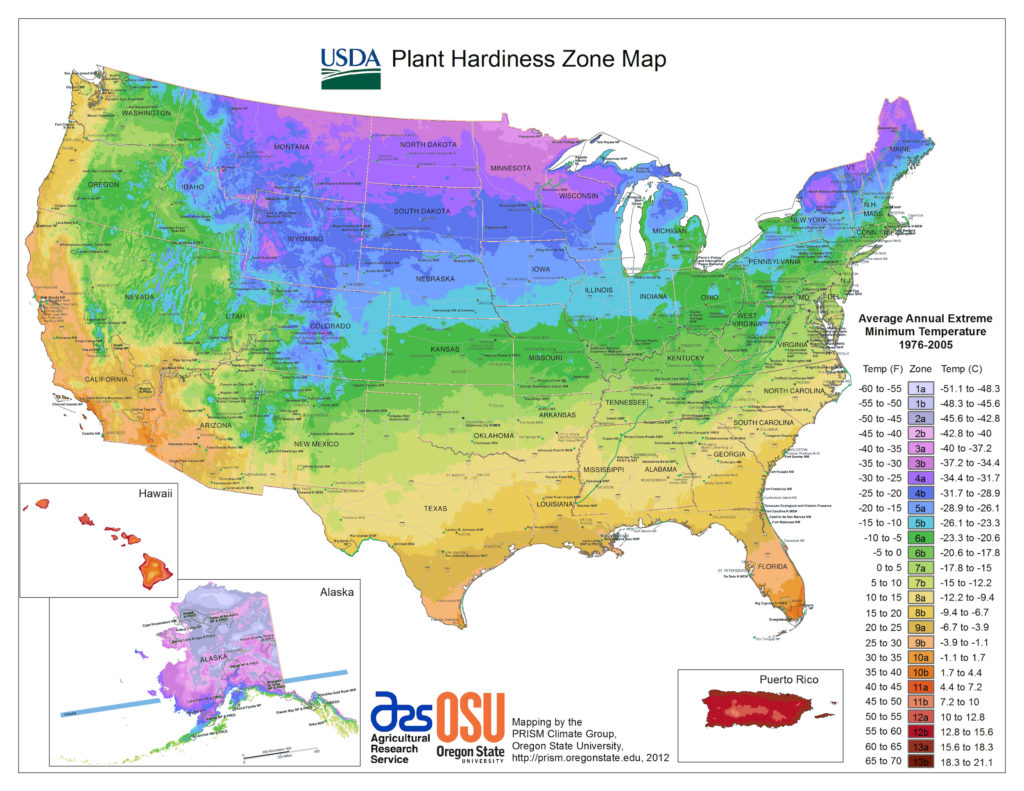
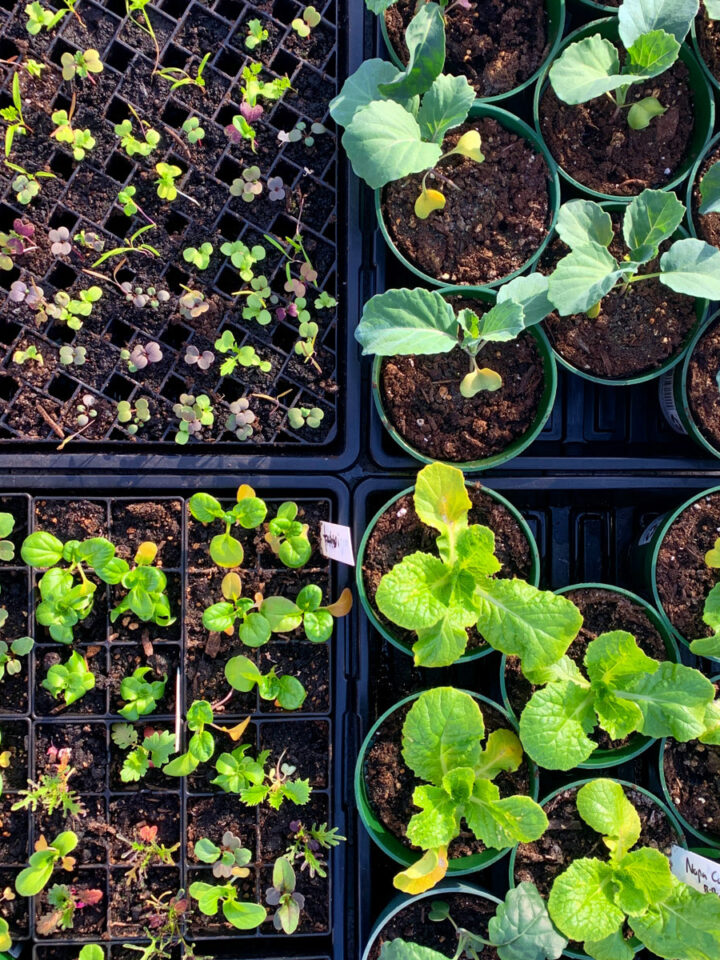

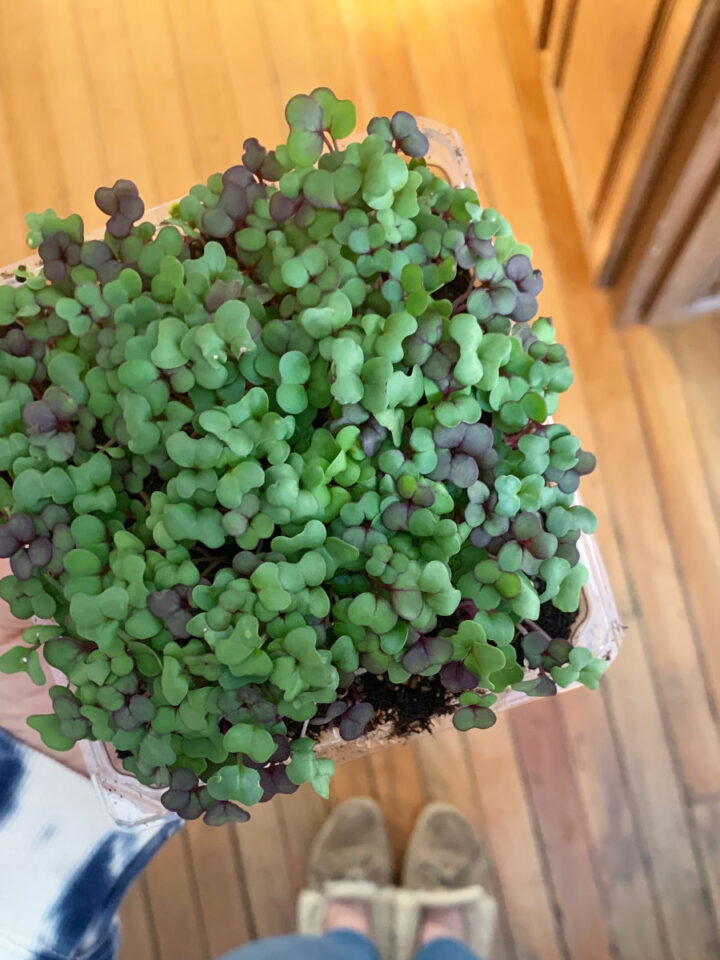
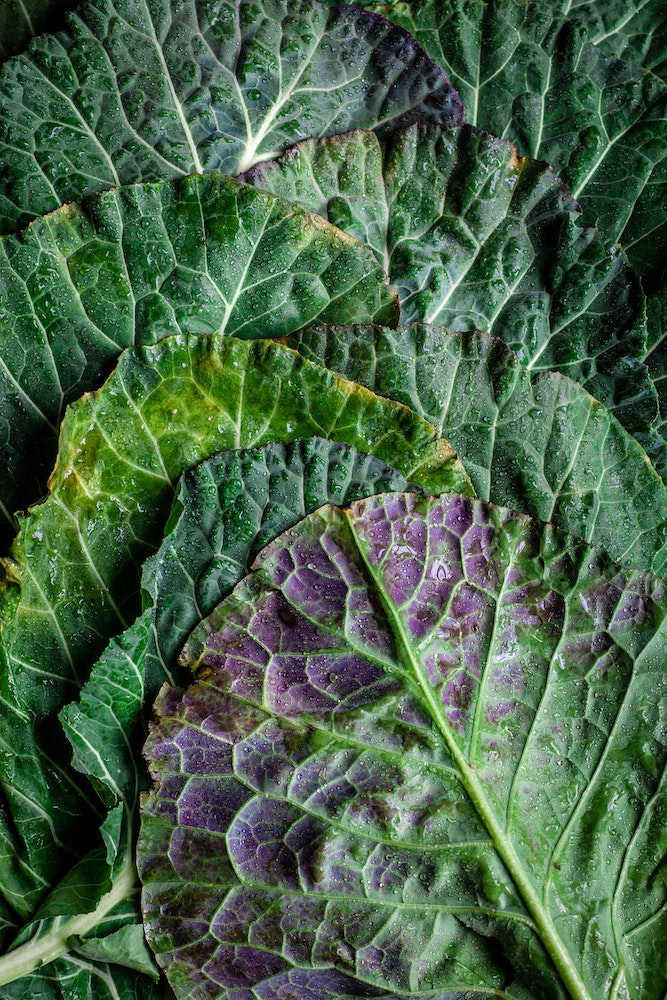
Jill Hardee says
I can’t imagine a new zone. I moved about 5 minutes away and nothing is growing in the same way. Different soil quality, different sunlight, more trees. It’s a learning curve for sure.
Amy Bauer says
It was very overwhelming at first, so I just tried breaking it down into manageable steps and tackling the important stuff first, like seed starting dates. I told myself it would be a win if I got some kale and a single tomato the first year, so I set the bar very low for myself!! haha